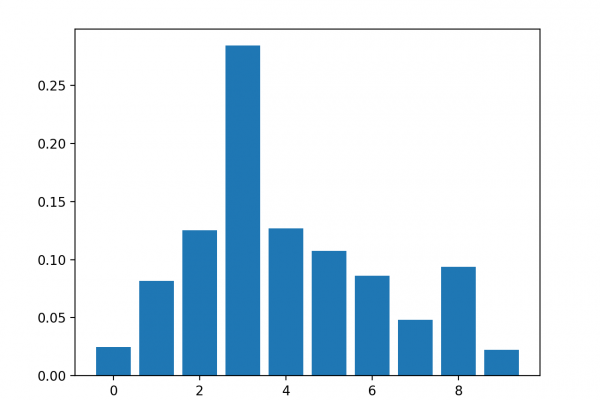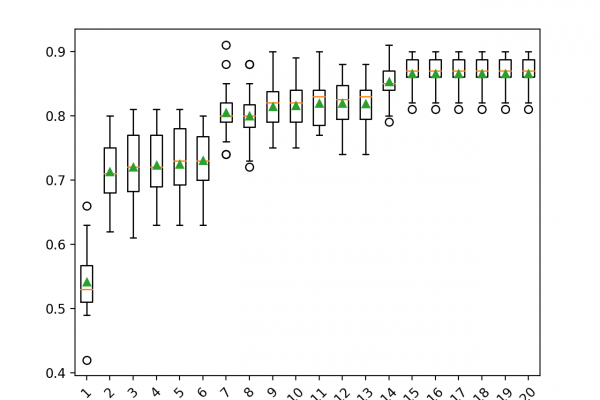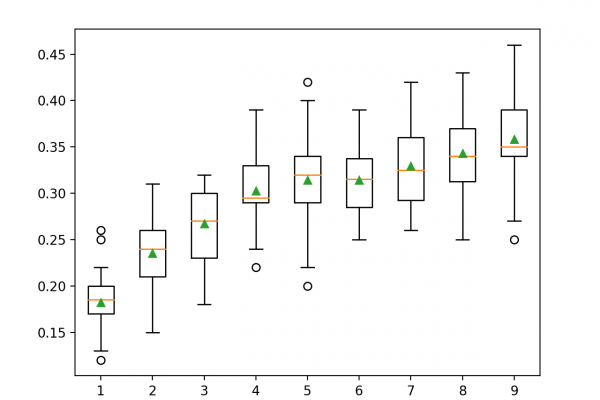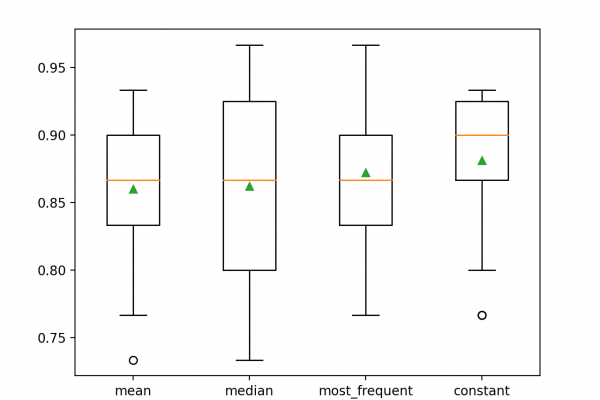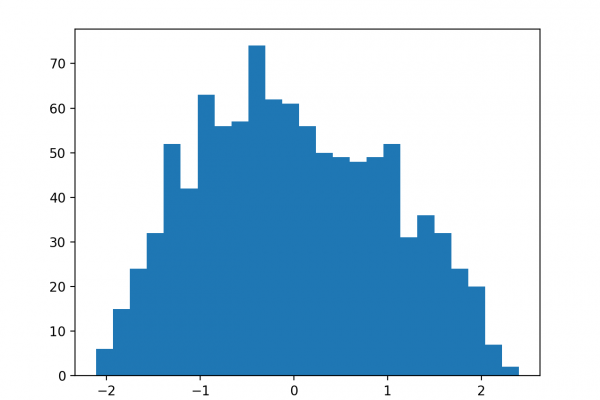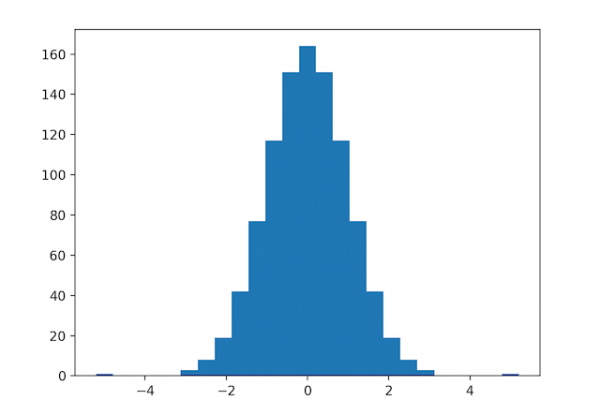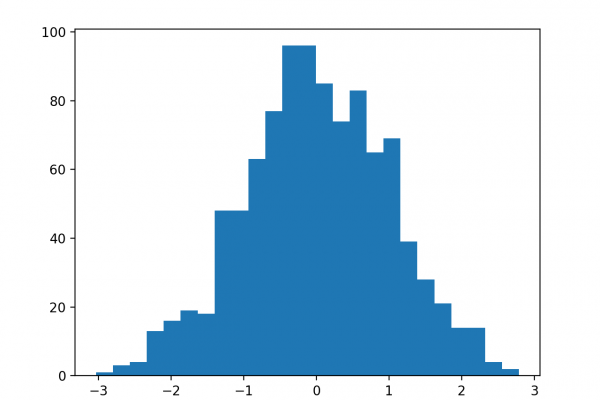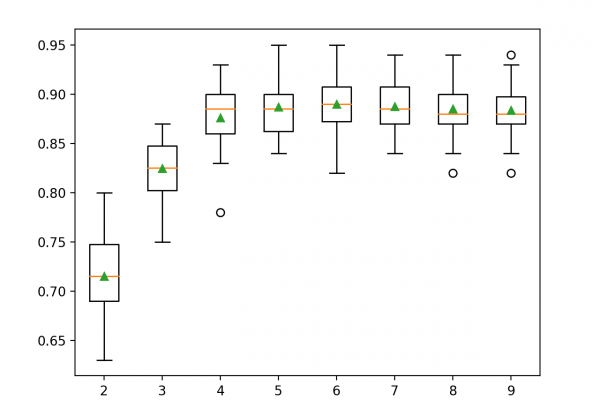How to Calculate Feature Importance With Python
Last Updated on August 20, 2020 Feature importance refers to techniques that assign a score to input features based on how useful they are at predicting a target variable. There are many types and sources of feature importance scores, although popular examples include statistical correlation scores, coefficients calculated as part of linear models, decision trees, and permutation importance scores. Feature importance scores play an important role in a predictive modeling project, including providing insight into the data, insight into the […]
Read more